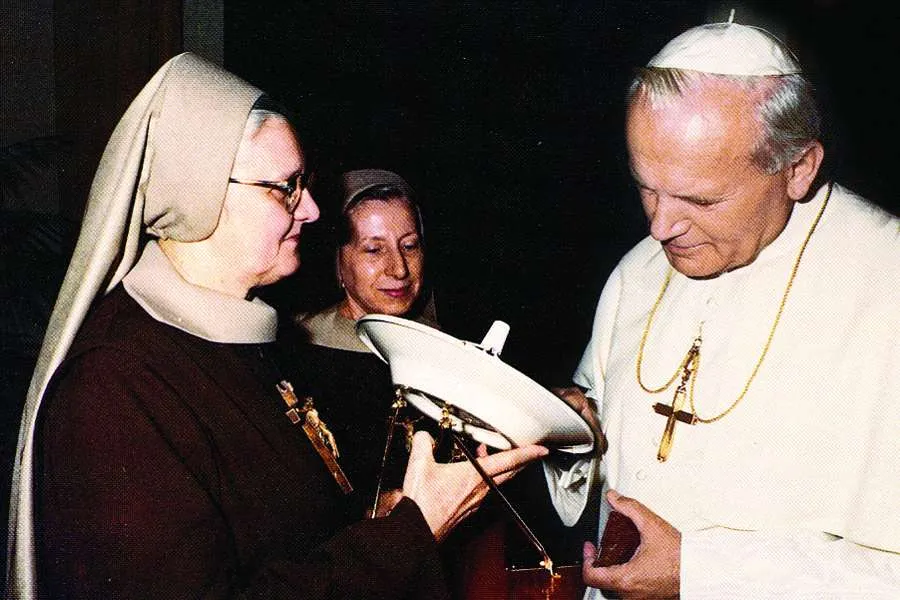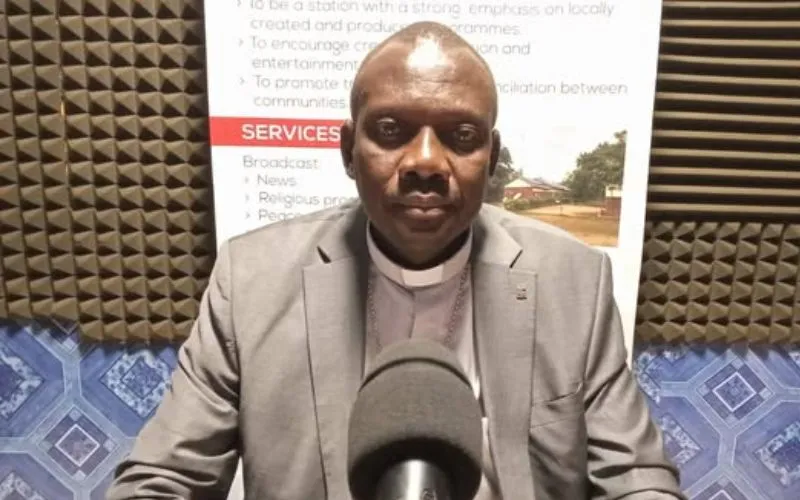Birmingham, 27 March, 2021 / 11:50 am (ACI Africa).
It was September 1987, and Pope John Paul II had just arrived in Los Angeles after traveling around the United States. The Pope was greeted in the City of Angels by a closed-door meeting with a group of progressive bishops who had a bone to pick with several Church traditions.
One of four chosen representatives, Archbishop Rembert Weakland of Milwaukee, spoke to the pope about female ordination:
“Women seek…(a church) that teaches and shows by example the co-discipleship of the sexes as instruments of God’s kingdom. They seek a church where the gifts of women are equally accepted and appreciated...where the feminine is no longer subordinate but seen in a holistic mutuality with the masculine as forming the full image of the Divine,” he said.
Meanwhile in Alabama, a woman of the Church named Mother Angelica had just thrown her cable network, which reached more than 2 million homes at the time, into 24-hour coverage territory. During the 1987 papal trip, the EWTN Network took on the then-unprecedented task of live, unedited, constant coverage of the Holy Father’s visit.
And when word reached the spunky nun of the Milwaukee bishop’s remarks to the Pope during the trip, she couldn’t help but chime in with her opinion.








